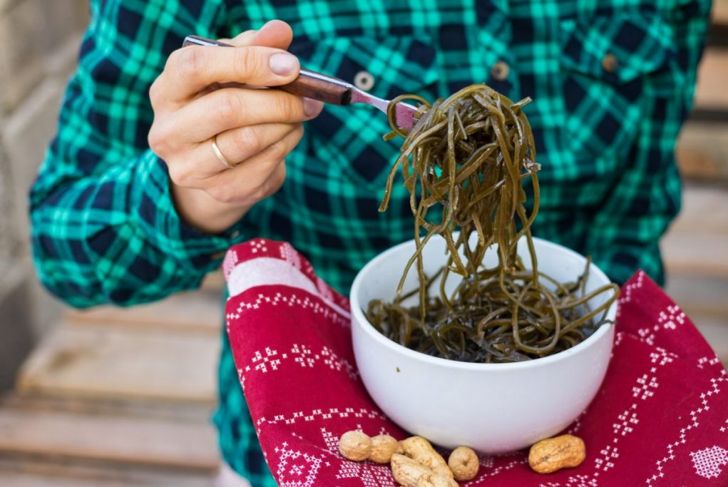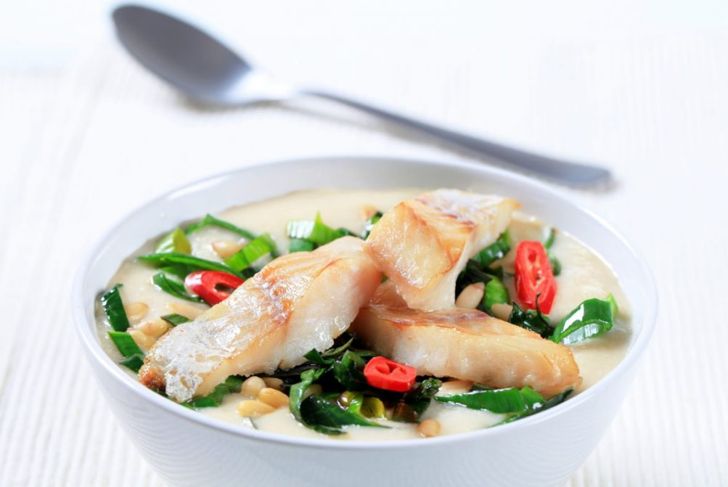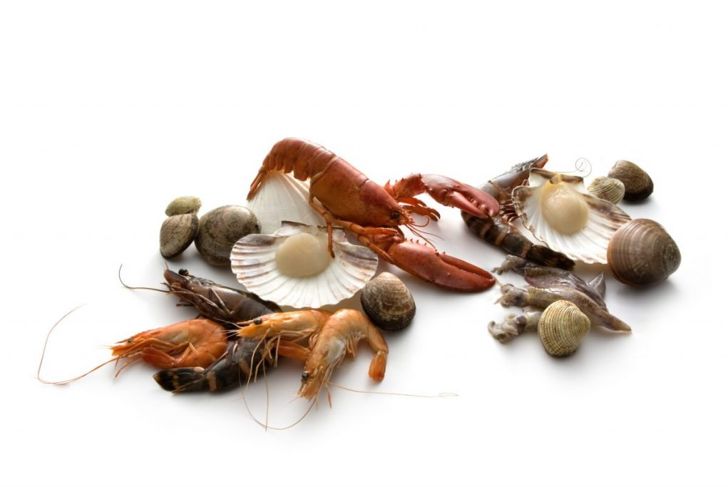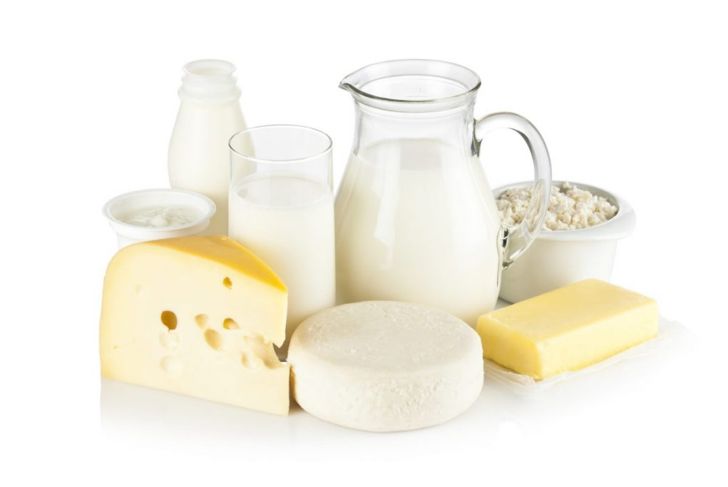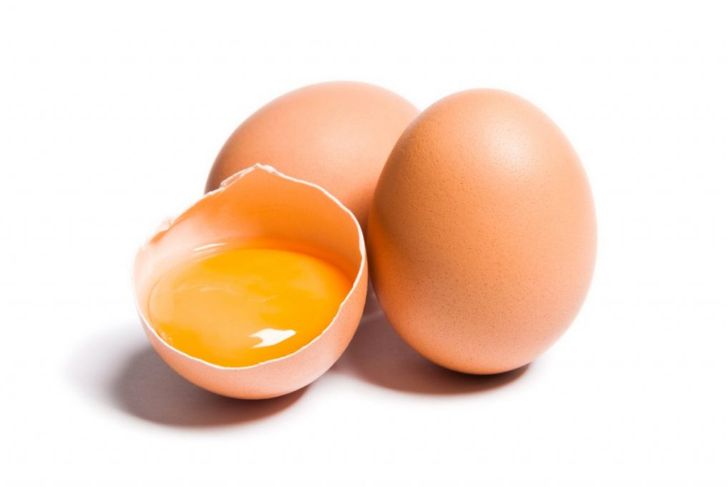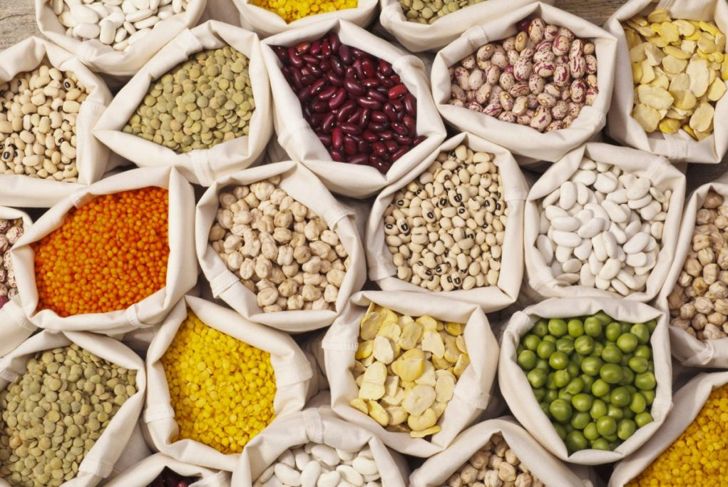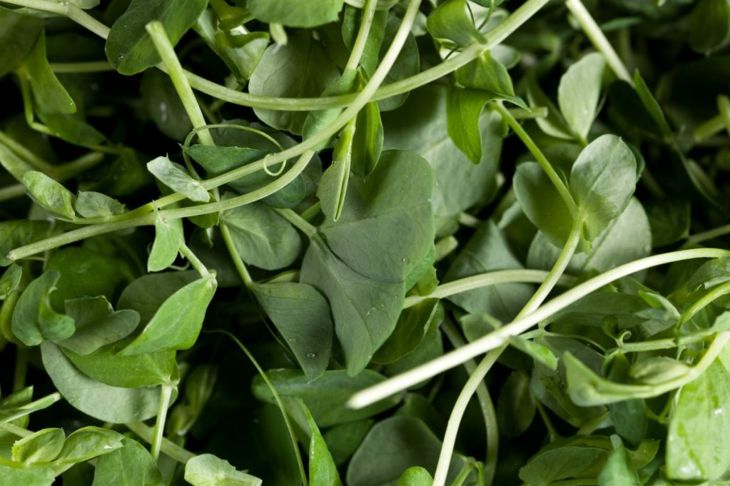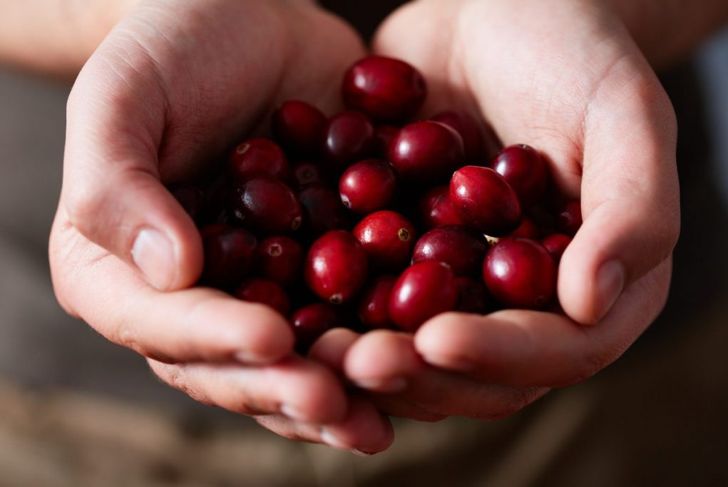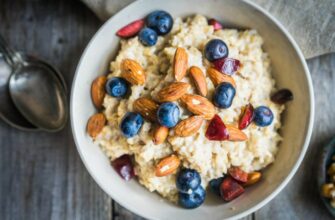Iodine is a trace element crucial to growth and development. We need iodine to support the thyroid gland’s production of key hormones that regulate cellular metabolism and detoxification. The American Thyroid Association estimates that 40 percent of the world is at risk for iodine deficiency due to soil depletion, reduced intake of iodine-rich foods, and increased exposure to chemicals that inhibit iodine absorption. Consuming iodine-rich foods is essential for maintaining physiological functions. Plenty of vegetables, meats, and fruits from land and sea make this a pleasant task. Reach beyond table salt for sources of iodine.
Sea Vegetables
Sea vegetables are the richest sources of iodine. Seaweeds absorb the trace element from ocean waters, and some types accumulate more than 30,000 times the level of iodine concentration in seawater. The amount of iodine varies widely among sea vegetable types, regions in which they grow, and how they are prepared, but one tablespoon of seaweed can provide between 11 and 1,989 percent of the recommended daily value (DV) of the nutrient. The Japanese eat more sea vegetables than any other group, and research suggests that this could contribute to their longevity and low occurrences of some cancers. Many health food stores and supermarkets carry seaweed combinations in forms that are easy to include in dishes or beverages. Sea vegetables include:
- Dulce
- Kelp
- Irish moss
- Nori
- Arame
- Wakame
Fish
Fish naturally have a high concentration of iodine, and white fish contain more iodine than fattier fish such as salmon. The region where the fish is caught and whether it is wild-caught or farm-raised impacts the amount of the trace mineral in the food. A three-ounce serving of cod contains up to 88 percent of the recommended daily intake of iodine; haddock provides almost as much. Other marine animals are bountiful sources of iodine as well. Sardines and salmon supply at least 21 percent DV of iodine in a four-ounce serving. A three-ounce can of tuna offers about 11 percent.
Shellfish
Low in fat and calories but high in nutrients, shellfish are exceptional sources of iodine, too. Three ounces of cooked shrimp can supply 23 percent of the recommended DV. A similar portion of lobster can provide about 67 percent. Scallops are especially abundant, with 90 percent DV in a four-ounce serving.
Turkey
Turkey can be a year-round source of health benefits. Its nutrients help strengthen the immune and cardiovascular systems and enhance psychological well-being. This meat provides lean protein, vitamin B6, phosphorus, tryptophan, and a generous load of iodine. A three-ounce serving contains roughly 20 percent DV of the trace mineral.
Dairy Products
Cow’s milk and dairy products are major contributors of iodine to Western diets. The level of the trace mineral differs due to variations in cattle feed and the use of disinfectants containing iodine. An extensive study published in The Journal of Endocrinology and Metabolism observed that milk could contain 59 to 112 percent of the recommended daily value of iodine. Organic yogurt provides a healthy serving of iodine along with beneficial probiotics. One cup contains about 47 percent of the daily value. A serving of cottage cheese can supply about 40 percent.
Eggs
Every egg is golden when it comes to nutritional value. Chickens typically consume feed that contains fish, so their eggs are substantial sources of iodine. The nutrient is largely present in the yolk. One egg provides approximately 16 percent DV of the mineral along with protein, healthy omega-3 fats, vitamins, iron, and more.
Beans
Versatile legumes are tasty morsels packed with fiber, protein, and antioxidants. Black-eyed peas and navy beans provide 31 percent DV of iodine in a ¾-cup serving. Kidney and pinto beans can supply as much as 19 percent. One cup of cooked lima beans contains 10 percent of the important mineral.
Watercress
Watercress is a leafy salad vegetable loaded with potent phytochemicals. It is the richest known source of phenylethyl isothiocyanate, which is responsible for the characteristic peppery flavor and anti-cancer properties in the veggie. Iodine ranks high among the health-enhancing treasures in this food. Three ounces of watercress — enough to fill a cereal bowl — provides 10 percent DV of iodine.
Strawberries
Luscious, sweet strawberries offer a delectable amount of iodine, delivering up to 10 percent of the daily requirement in a one-cup serving. Choose fresh or frozen organic berries with no added sugar for the most benefits. Conventionally grown strawberries top the Environmental Working Group’s “Dirty Dozen” list of pesticide-laden produce, so if you don’t buy organic, wash them well.
Cranberries
Tart, vibrant cranberries pack a hefty amount of iodine. Since the fruit often grows near the sea, it absorbs iodine from the ground waters. One cup contains about 260 percent DV of the nutrient. A four-ounce serving of cranberry juice provides roughly the same amount. Check labels for sugar content, as sweeteners are commonly added to cranberry products.

 Home
Home Health
Health Diet & Nutrition
Diet & Nutrition Living Well
Living Well More
More